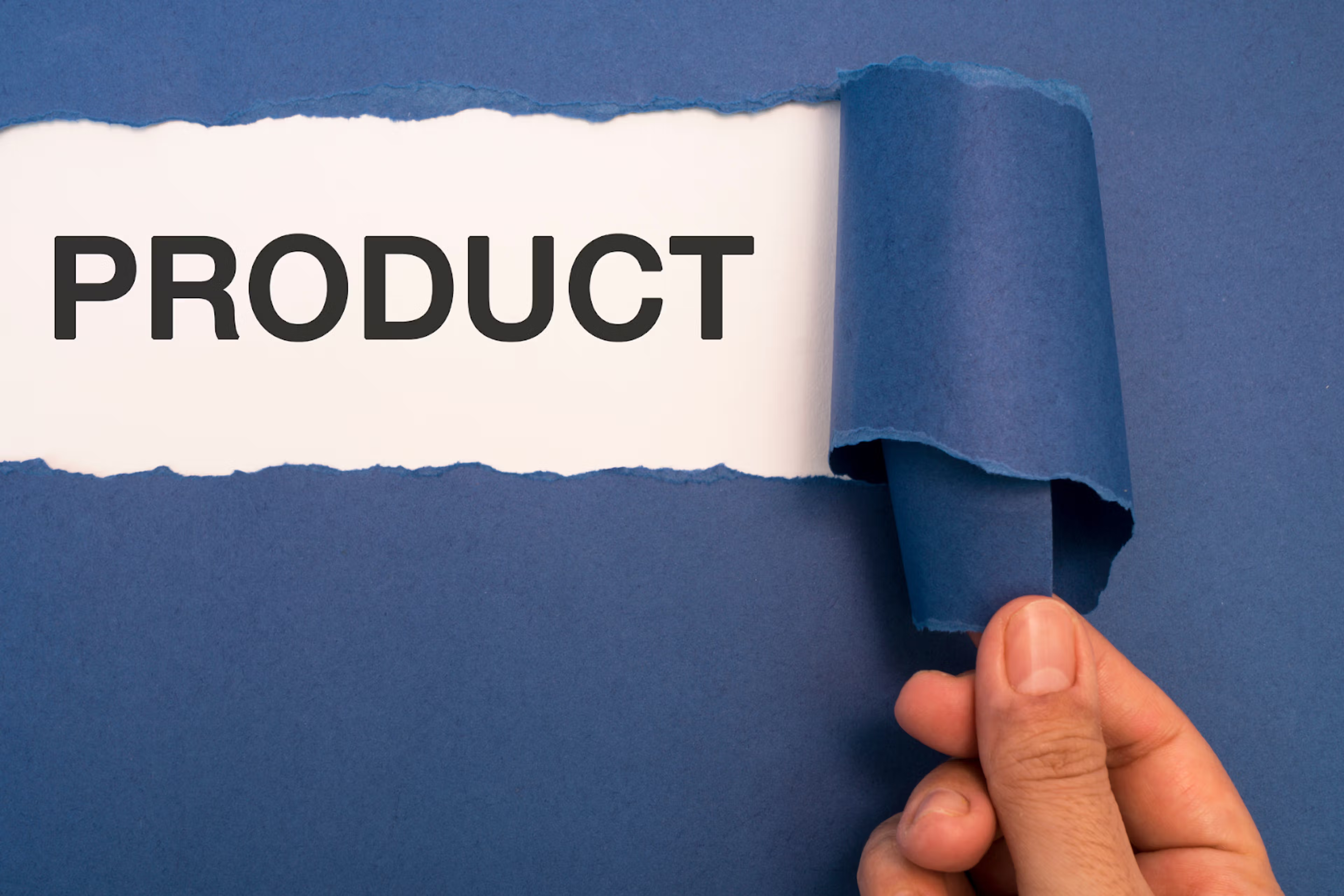Design Thinking for Product Managers: How to Use It to Build Better Products
Discover how design thinking can help you as a product manager to create products that truly resonate with your target audience.
Posted April 3, 2025

Table of Contents
As a product manager, your ultimate goal is to create products that meet the needs and expectations of your users. To achieve this, you need to understand your users, their pain points, and their goals. One approach that can help you achieve this is Design Thinking. In this article, we'll explore what Design Thinking is, the benefits of using it in product management, and the 5 stages of the Design Thinking process. We'll also provide tips on how to conduct user research, create personas, ideate, prototype, test, and iterate based on user feedback. Additionally, we'll discuss how to manage stakeholders, measure success, and overcome common challenges when implementing Design Thinking in your organization.
What is Design Thinking and Why is it Important for Product Managers?
Design Thinking is a human-centered approach to problem-solving that involves empathy, creativity, and iterative design. It puts the user at the center of the design process and focuses on understanding their needs, behaviors, and emotions. Design Thinking can help you build products that are not only functional but also desirable and delightful for your users. By applying Design Thinking, you can create products that solve real problems and provide value for your users, which ultimately leads to business success.
The Benefits of Using Design Thinking in Product Management
Design Thinking can bring several benefits to product management. Here are some of the advantages:
The 5 Stages of Design Thinking and How to Apply Them to Your Product Development Process
The Design Thinking process consists of five stages, which are:
These stages are iterative, and you can go through them several times until you achieve your desired outcomes. By applying these stages to your product development process, you can create products that meet your users' needs and expectations.
How to Conduct User Research and Gain Consumer Insights with Design Thinking
To create products that meet your users' needs, you need to understand them. Here are some tips on how to conduct user research and gain consumer insights:
Creating Personas: How to Use Them to Understand Your Users' Needs and Goals
Personas are fictional representations of your users that help you understand their needs, behaviors, emotions, and goals. Here are some tips on how to create personas:
Ideation Techniques: Brainstorming, Mind Mapping, and Other Methods for Generating Ideas
Ideation is the process of generating ideas to solve a problem. Here are some ideation techniques you can use:
Rapid Prototyping: How to Quickly Build and Test Your Product Concepts
Prototyping is the process of creating a physical or digital representation of your product idea. Here are some tips on how to quickly build and test your product concepts:
User Testing: Getting Feedback on your Product from Real Users
User testing is the process of getting feedback on your product from real users. Here are some tips on how to conduct user testing:
Iterating and Refining Your Product Based on User Feedback
Iterating and refining your product based on user feedback is essential to creating products that meet your users' needs and expectations. Here are some tips on how to iterate and refine your product:
Managing Stakeholders with Design Thinking: How to Collaborate with Cross-Functional Teams
Design Thinking involves cross-functional collaboration and requires buy-in from stakeholders across different departments. Here are some tips on how to manage stakeholders:
Measuring the Success of Your Products with Design Thinking: Metrics and KPIs that Matter
Measuring the success of your products with Design Thinking requires identifying metrics and KPIs that align with your product's goals and objectives. Here are some tips on how to measure success:
Case Studies: Examples of Companies That Have Successfully Used Design Thinking in Product Management
Many companies have used Design Thinking to create products that meet their users' needs and expectations. Here are some examples:
Overcoming Common Challenges When Implementing Design Thinking in Your Organization
Implementing Design Thinking in your organization can come with several challenges. Here are some tips on how to overcome them:
Conclusion: The Future of Product Management is Rooted in Design Thinking
Design Thinking is a powerful approach to product management that can help you create products that meet your users' needs and expectations. By applying Design Thinking, you can create products that are not only functional but also desirable and delightful for your users. To implement Design Thinking in your organization, you need to understand the process, conduct user research, ideate, prototype, test, and iterate based on user feedback. You also need to manage stakeholders, measure success, and overcome common challenges. The future of product management is rooted in Design Thinking, and those who master it will have a competitive advantage in the market.


















